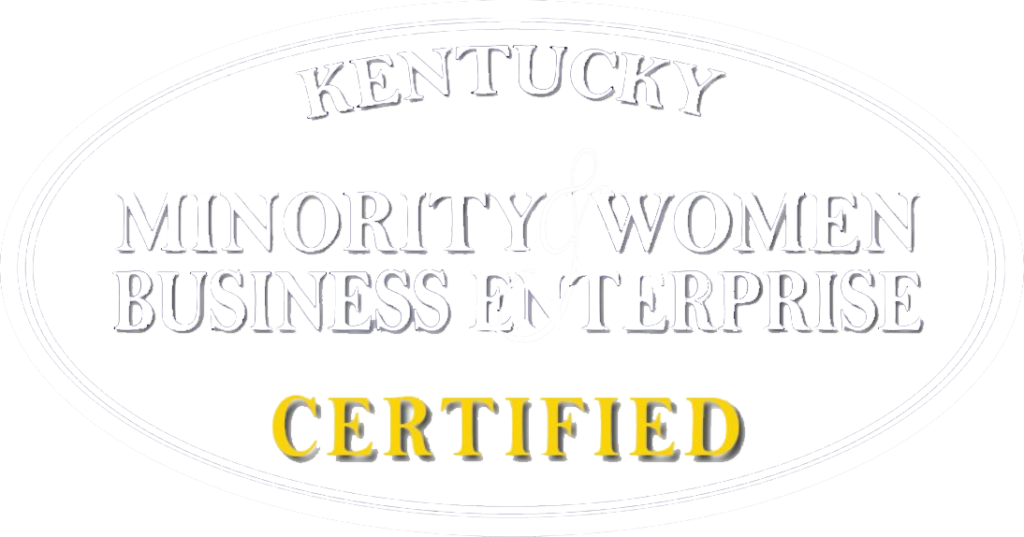By Paladin, Inc

Do you remember the good old days when building or renovating a structure was all about building or renovating a structure? Turns out that things in the design, engineering and commissioning business have fallen prey to the global trend of the seemingly unavoidable need to MAKE A STATEMENT. From the greenhouse gases emitted during materials production in other countries to the use of repurposed products, the concerns that building owners must juggle during a project can leave everyone a little confused and some on the verge of exhaustion.
There are certainly some benefits of the artificial intimacy and enhanced visibility that flow from digital communications. It’s good that they compel us each to view the stakes of working, consuming and living from a global perspective. Compared to even ten years ago, people better understand that their choices can have a ripple effect in the world, whether they’re selecting a vehicle to drive or investing in water recycling technology. However, they also give a platform to a whole lot of people who use the enhanced volume of their voice to get things their way, regardless of workplace and jobsite realities.
This can be seen in the efforts of self-appointed moderators in trade journals or Twitter who attempt to frame the debate over “PEOPLE OR PLANET” as a binary choice, with each decision in a building project defined as a win or a loss for either “side.” Lost in their unwieldy premise is the reality that it’s possible to do good work for good people that perpetuates the beauty of nature with artful design, clever engineering, and thoughtful compromise. Part of our role is pursuing that harmony on behalf of the building owners and design-build teams with which we work.
It’s not easy, especially when those louder voices might accuse even the most thoughtful among us of secretly preferring to raze the Earth on one extreme (people first) or expedite voluntary extinction on the other end (planet first). In the real world, does anyone live at those extremes other than the characters in the recent film, Oppenheimer? Few decisions require that level of extremism, either at home or on the work site, especially when discussing green building design and construction. With roots in my faith and decades of experience in the industry, my strong belief is that we are meant for each other: both people and planet.
Our challenge as design, engineering and construction professionals is to challenge ourselves to harmonize those concerns with a blend of creativity, craftmanship and thoughtful compromise. As we weigh the financial cost of certain materials or processes against their lingering impact on the environment, our creativity can bring us ideas for offsets that even out in the end. It’s doubtful we’ll soon see the headline “Engineer chooses ultra-low-flow urinal and saves the planet!” but the aggregation of such choices can harmonize the countervailing concerns into a harmonious structure. Even in places where ample water supplies might dampen the urgency of such options, the financial, ecological, and reputational ledgers can be balanced with a bias for conservation that doesn’t shout “look at how green I am!” To put it another way, does the good fortune of a full pantry mean you should eat everything in it at once? No rational person would do that, nor should rational professionals in our industry when making critical decisions together.
The best designs and best construction methods converge in spots between the extremes. Take for example the evolution of research on light reflectance combined with paint formulas. Ten years ago, even though we lacked the metrics and ratios to fully justify it, we just knew that good light quality and daylight were important to human productivity. Now, we have the benefit of published research which helps define for designers the optimal light reflectance values for surfaces in occupied spaces. (The impact of room surface reflectance on corneal illuminance and rule-of-thumb equations for circadian lighting design – ScienceDirect). Taking this sort of people-first action can also have its share of planet- first impacts, namely in the realm of selecting the materials we’re using to create reflectance: paints, ceilings, wall coverings, floors, etc. The planet-friendliest approach can consist of specifying and procuring products with the many environmental certifications available today – environmental product declarations, GreenGuard certifications, Declare labels, recycled content, etc. This thoughtful approach can result in a properly reflective workspace that’s not only shown to improve work conditions for people but also demonstrates good stewardship of the planet.
As we work through the myriad choices that face every architect, engineer, builder, and owner, let’s be willing to have some tough conversations based on accurate data, clearly stated values and a clear budget. While that dialogue might make a miniscule addition to your time budget, its result will be projects that aren’t so much about MAKING A STATEMENT, but more a reflection of leadership and ownership with a balanced view of the relationship between people and planet and an enduring legacy of good faith. That’s a conversation worth having.





